Note: This website was automatically translated, so some terms or nuances may not be completely accurate.
Toyota Commemorative Museum of Industry and Technology: Conveying the "Spirit of Research and Creation" to the Future
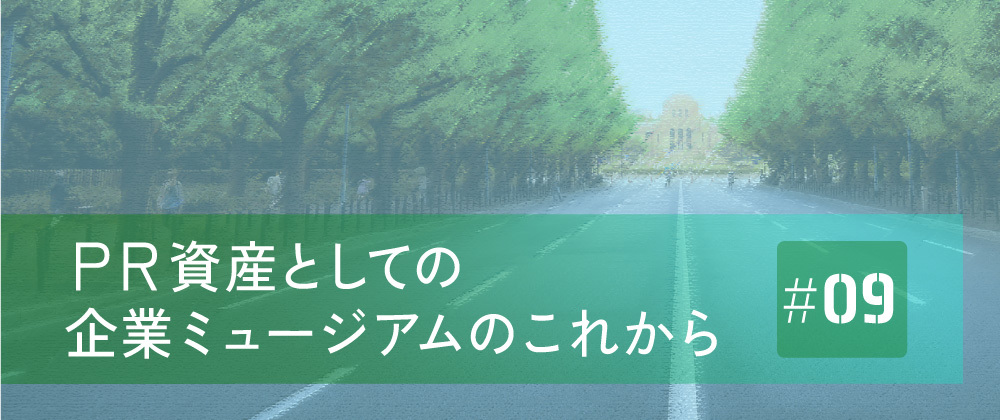
Corporate museums occupy a buffer zone spanning both the academic realm of "museums" and the business realm of "corporations." They are organizations that collaborate extensively with various corporate departments responsible for their operation, such as public relations, branding, advertising, and human resources. In this series, PR professionals will introduce various museums operated by corporations, exploring their roles, functions, and potential.
While virtual museums are increasing, nothing surpasses the real experience—and the Toyota Commemorative Museum of Industry and Technology makes you feel that. Visitors are overwhelmed by the power of the Textile Machinery Hall, which insists on "dynamic displays" where people explain and actually operate the machinery. Live demonstrations of manufacturing processes like metalworking in the Automobile Hall are also a highlight. This article examines the Toyota Commemorative Museum of Industry and Technology, which attracts many visitors from overseas, and the role it fulfills.
Reporting and Text: Tomoko Kunita (PR Consulting Dentsu Inc.)
Introduction
The Toyota Group currently operates five cultural and exhibition facilities in Japan. Among these, the Toyota Commemorative Museum of Industry and Technology, jointly operated by 17 Toyota Group companies, is the largest facility. Established in June 1994 to commemorate the 100th anniversary of Kiichiro Toyoda (1894-1952), the eldest son of Sakichi Toyoda (1867-1930), the founder of the Toyota Group, and the man who pioneered the automobile business (originally jointly established by 13 group companies). It utilizes the land and buildings that were originally the headquarters factory of Toyota Spinning Co., Ltd., which Sakichi founded in 1911 as a research and development base for automatic looms.
Conveniently located just one stop from JR Nagoya Station on the Meitetsu Nagoya Main Line (Sakae Station), it is about a 3-minute walk or a 5-minute taxi ride away. With cumulative visitor numbers exceeding 6.5 million since opening until the end of last year, it stands as one of Japan's leading corporate museums. This time, we were guided through the museum by Director Kazuhiko Ohora and heard about its role, highlights, and future prospects.
Overview of the Toyota Commemorative Museum of Industry and Technology
The museum operates under the concept of "passing on the 'spirit of research and creation' and the importance of 'monozukuri' (craftsmanship) to the next generation." The Toyota Group grew through its textile machinery and automotive businesses, both of which were core industries supporting modern Japan's development. The museum's exhibits and collections are therefore invaluable resources for Japan's industrial history.
The memorial museum, carefully renovated from a historic red brick factory building, stands on a site of approximately 42,000 square meters. Parts of the building and exhibits were designated as "Industrial Heritage Sites" by the Ministry of Economy, Trade and Industry in 2007. The complex is divided into the Textile Machinery Hall and the Automobile Hall. In addition to the exhibition facilities, it houses a restaurant, café, museum shop, library, and hall. There is also a Techno Land for children, featuring original play equipment incorporating mechanisms used in textile machinery and automobiles. This makes it a facility where visitors of all ages can enjoy learning.
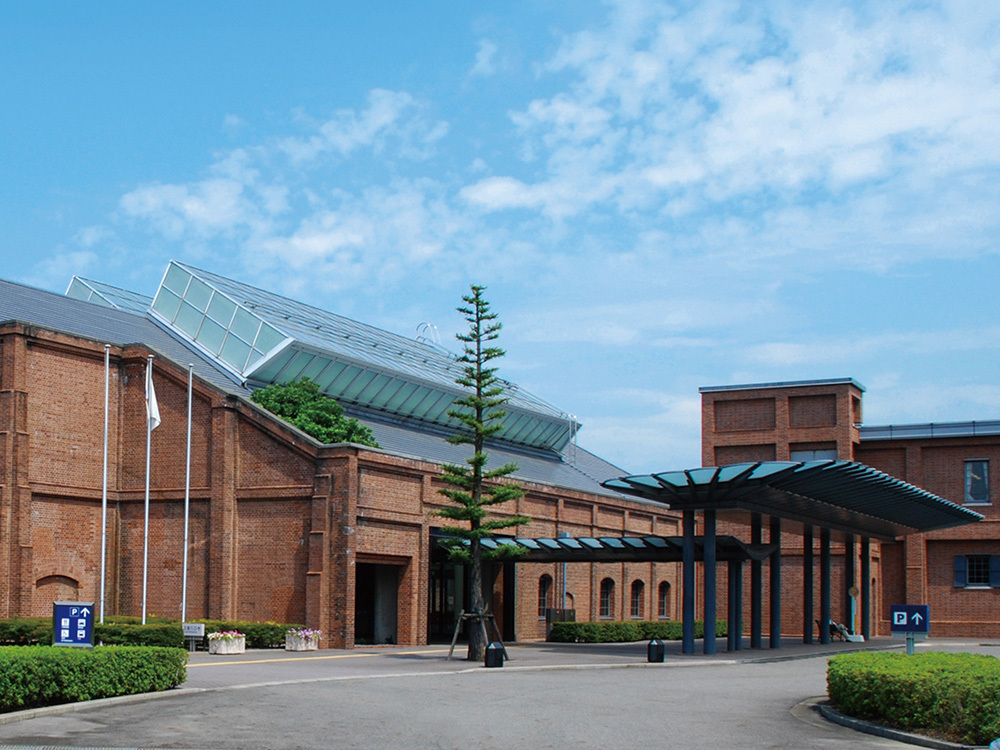
The Textile Machinery Hall Showcases Sakichi Toyoda's Groundbreaking Inventions
The Textile Machinery Hall displays approximately 100 textile machines, ranging from early tools for spinning yarn and weaving cloth to modern textile machinery. Among the many machines on display, the most popular are Sakichi's first invention, the "Toyoda Wooden Manual Loom (Manual Loom)" (replica), and the "Non-stop Shuttle-changing Toyoda Automatic Loom (G-type Automatic Loom)", considered the world's most advanced at the time. The Manual Loom was an improvement that allowed the device, previously operated with both hands, to be controlled with one hand. This eliminated uneven weaving, improved quality, and increased efficiency by 40-50% compared to previous methods. Developed in 1890, Sakichi obtained the first patent for it.
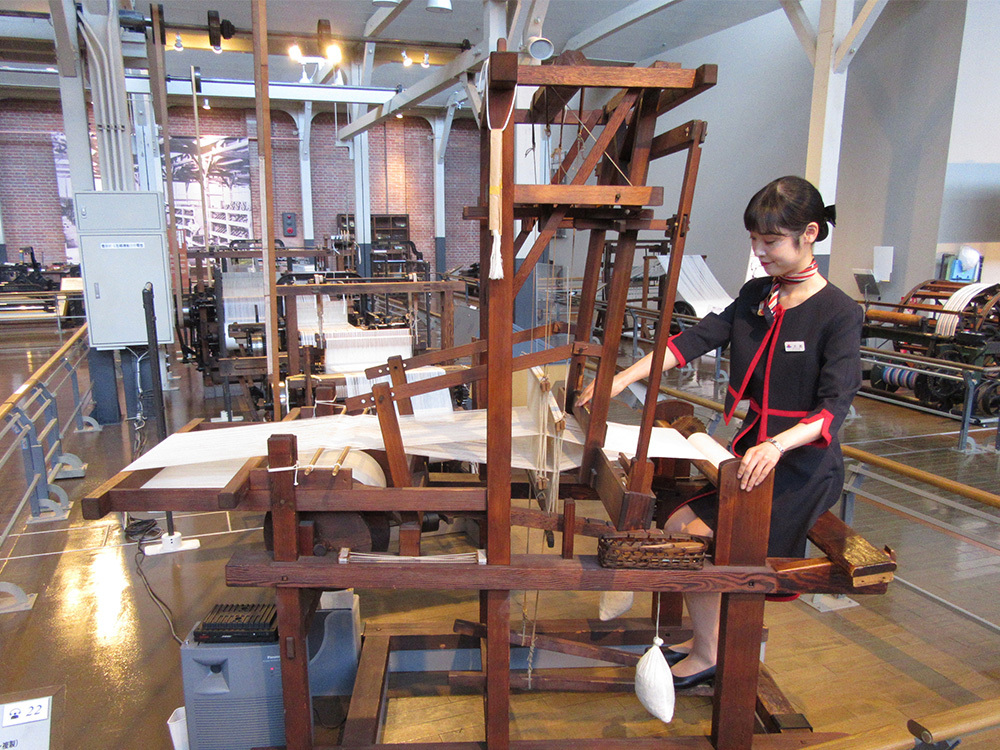
Completed in 1924, the G-type automatic loom was a groundbreaking machine incorporating various innovations, including an automatic shuttle-changing device that allowed the shuttle (the tool that passes the weft thread through the warp threads) to be changed and the weft thread automatically replenished without slowing down during high-speed operation. It reportedly achieved productivity exceeding 20 times that of Japan's first power loom, developed by Sakichi earlier. Eagerly sought by Britain's Platt & Co., then leading the global textile machinery industry, Toyota transferred the patent rights for a fee. This brought pride to many Japanese engineers and also provided the capital for Toyota to embark on the development and production of domestic automobiles.
The museum is committed to "dynamic displays where people explain and actually operate" the machinery. Guides are stationed at each major machine. When visitors arrive, they explain the mechanisms and differences from previous models while actually operating the machines. This sense of immediacy and power is the museum's greatest attraction, and they spare no expense to achieve it. Watching the shuttle move at blinding speed on the G-type automatic loom, seeing the yarn instantly replaced when it runs out, or observing the machine automatically stop when the warp thread breaks to prevent defects—even nearly 100 years after its completion, it still elicits an "Ooh!" of awe.

The Automobile Hall: Understanding the Struggles and Evolution of Automobile Manufacturing
The Automobile Hall traces the history from Kiichiro's central role in launching the automobile business in 1933 through to the start of production, showcasing the evolution of production technology and introducing iconic models like the Crown and Corolla. The early development history is particularly detailed, illustrated through exhibits like the restored "Material Testing Room" from that era.
Automobile manufacturing requires diverse materials, components, and technological development. While leveraging expertise cultivated in textile machinery and referencing imported vehicles, the development of engines and bodies was a challenging journey. The "Toyoda G1 Truck" (displayed as a replica), completed in just nine months in 1935 at the government's request, suffered repeated breakdowns after sales, causing significant hardship. This experience reportedly led to the subsequent enhancement of after-sales service. Furthermore, Toyota's first passenger car, the "Toyoda AA Passenger Car" (displayed as a replica), born in 1936, is exhibited alongside a restored assembly line from that era. Visitors can see how the prototype body was crafted using hand-hammered sheet metal. The AA model, with its beautiful streamlined lines, reportedly elicits many comments like, "If it were sold today, I'd buy it."
One highlight of the Automobile Hall is the live demonstrations of manufacturing processes like metalworking. Visitors can witness recreations of the manual forging processes used in the 1930s and the impressive steel plate forming performed by the American-made 600-ton press introduced in 1960.
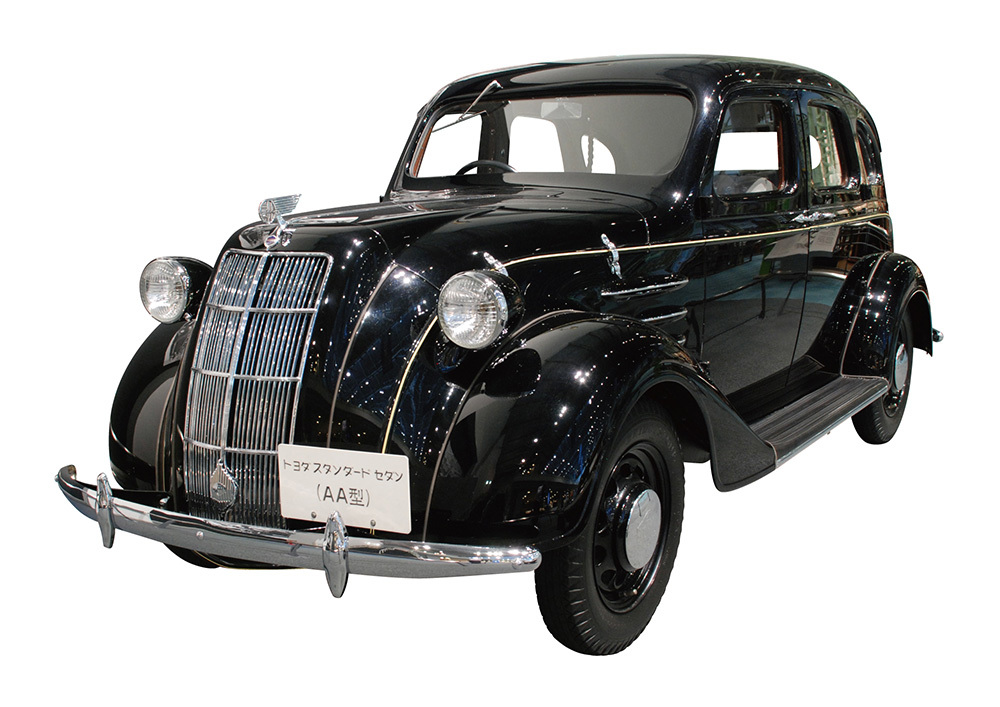
Conveying the Founding Spirit of Manufacturing
The museum began as a facility themed around manufacturing, but at its opening, it did not delve deeply into the founders' stories. After its 20th anniversary (2014), it gradually added sections introducing the lives of Sakichi and Kiichiro, father and son, aiming to convey more about the founding era. The goal wasn't to proclaim them as great figures, but to widely share with people inside and outside the company the hardships and aspirations of their predecessors that led to the present.
Sakichi, the "King of Invention," experienced numerous setbacks throughout his life. Kiichiro passed away before witnessing the first major success for Toyota vehicles: the launch of the first-generation Crown in 1955. After that, people who inherited Kiichiro's vision worked tirelessly, building the prosperity of today's Toyota Group. Furthermore, both Sakichi and Kiichiro always believed in "not for ourselves, but for the world and for people." This is what they wanted to convey to the next generation. Their vision—to enrich society by advancing technology and developing industry—connects to the very purpose of every company's existence.
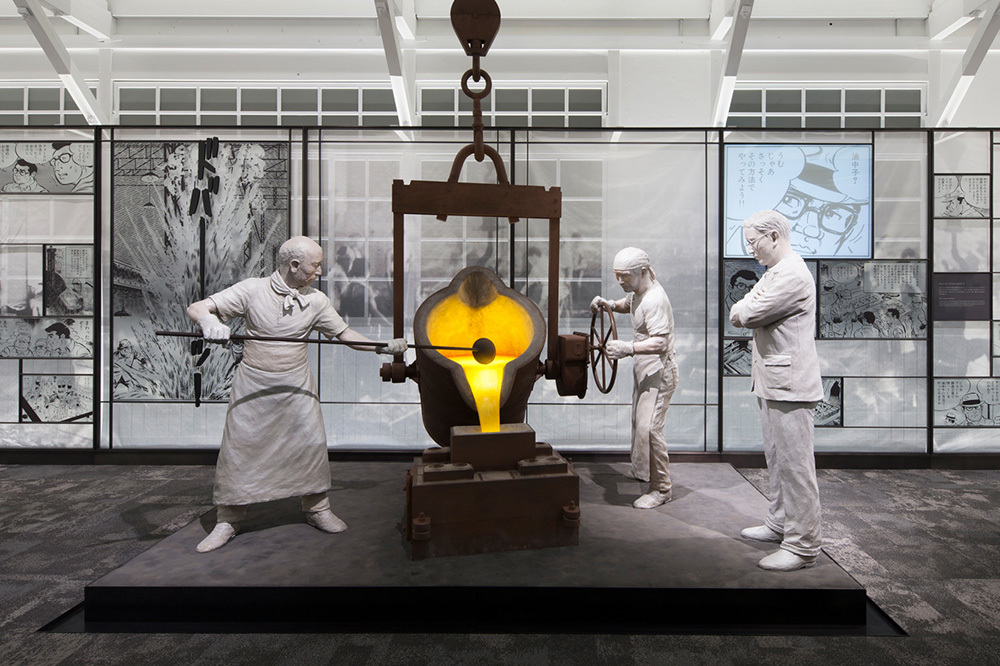
Utilization in Internal Communication
The museum's admission fee is only 500 yen for adults, remarkably low considering its content. Consequently, most operating costs are covered by contributions from the group's 17 member companies. The museum is led by Chairman Shoichiro Toyoda, Honorary Chairman of Toyota Motor Corporation and Kiichiro's eldest son, with presidents from each company serving as directors. Executives and department heads from the 17 companies serve as management committee members, holding several meetings annually to discuss activity plans and budgets. For the museum to continue as a corporate museum, it must demonstrate its value to each company contributing to its operating costs, making careful communication essential.
The museum is also utilized for Toyota Group new employee training and tiered training programs. Many new employees and younger generations reportedly were unaware that Toyota originated in the textile machinery industry before joining the company. It is vital for employees to understand the passion and hardships of their predecessors in manufacturing before engaging in current business operations. In this sense, the museum plays a crucial role. Its proximity to Toyota Motor Corporation's headquarters also attracts employees and business partners from around the world. Visitors often remark, "It's so much larger than I expected. There's not enough time!" The museum is popular even among foreigners not directly affiliated with Toyota. Before the COVID-19 pandemic, foreign visitors accounted for about 20% of total attendance. Audio guides are available in six languages.
Valuing Learning for the Younger Generation
The museum does not directly aim to promote Toyota's branding. It strives to be a place of learning that looks toward the future from the history of manufacturing. For example, seeing how thread is spun and fabric is woven can spark an interest in textiles and apparel, which is a major role of a corporate museum. That's why it places great importance on the younger generation, including high school students and below. Before the pandemic, annual visitors peaked at 400,000, with 100,000 (a quarter) being high school students or younger. We hope their learning here helps them discover the appeal of manufacturing and aids them in considering their future.
For the museum, it's crucial to constantly add new appeal through special exhibitions and exhibit renewals, aiming to be a place where people who've visited once will want to return. To achieve this, the director himself enrolled in a university correspondence course and obtained a curator qualification. Several other staff members are similarly pursuing qualifications. While balancing work with certification is demanding, the goal is for members deeply familiar with the Toyota Commemorative Museum of Industry and Technology to become curators, elevating the planning and execution of exhibitions.
While many museums primarily attract visitors through temporary exhibitions, this museum centers on its permanent displays. Events are used to supplement what cannot be fully conveyed through permanent exhibits alone. Every weekend, they hold popular hands-on workshops where parents and children can participate together. Furthermore, around the museum's opening anniversary on June 11th each year, they host a special anniversary event where vintage trucks and passenger cars on display are driven, which is also popular with adults.

Showing the Face of Startups is a Dream
One initiative the museum aims to pursue is showcasing the concrete reality of startups. Sakichi and Kiichiro Toyota were both inventors and entrepreneurs, pioneers in building the foundations of industry.
The museum believes it's crucial not only to show the history of manufacturing but also to preserve the path of creating something from nothing and bridge that legacy to the next generation. Tackling this theme requires building networks not just within the Toyota Group but also with other companies and organizations involved in startups, making it difficult to achieve in the short term. The director expressed hope that this vision will be passed on to those involved in the museum's future operations and realized someday.
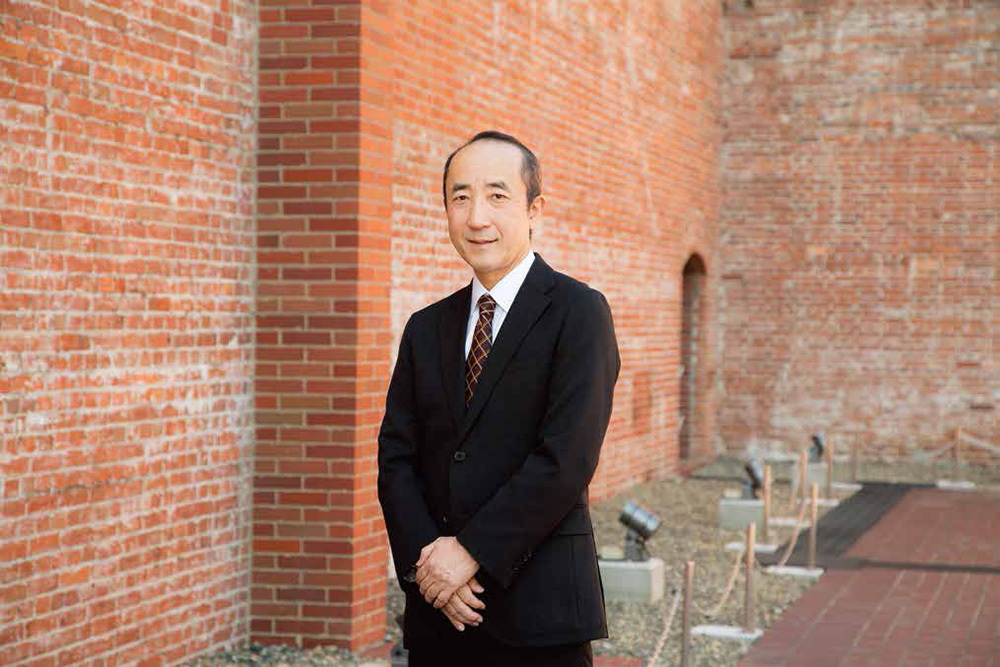
Finally
Since 2021, the museum has also launched virtual guided tours on its website, allowing people who find it difficult to visit due to the pandemic to view the exhibits. While the content is comprehensive and rich, the immersive experience of seeing machinery in motion right before your eyes is something best experienced in person. Director Ohdo also encourages those who can to visit the museum and directly feel the world of manufacturing.
When asked about popular items in the museum shop, he mentioned that, unsurprisingly, miniature cars are a hit with the many car enthusiasts who visit. Food items like cookies and retort pouch curry are also staples, but recently, original-design forks and spoons featuring a spanner at the tip of the handle have become popular.

The Toyota Commemorative Museum of Industry and Technology website is here.
For a list of Toyota Group cultural exhibition facilities, click here.
[Editor's Note] (From the Web Dentsu Inc. News Editorial Department)
When you hear "Toyota Motor Corporation," the first place that comes to mind is "Nagoya." It's a remarkable place. Oda Nobunaga, Toyotomi Hideyoshi, Tokugawa Ieyasu... all were born and raised in that area. And they transformed the face of this country. What catches my attention is the bay shaped like a "beetle's head." Kagoshima, Toyama, Aomori, Tokyo—they all share this feature. They face the open sea yet are slightly set back. That's what makes it so perfect, I think.
I know nothing about mechanics, but I suspect one secret behind how Toyota Motor Corporation became a company that conquered the world lies in the land of Nagoya.
While keeping an eye on the world, they contemplate things from a slightly secluded spot. Why make products? For the sake of society. Why sell those products? To make employees happy. That "reserved" spirit never wavers. That's precisely why even people who know nothing about mechanics place immense trust in the products made by Toyota Motor Corporation. The word "trust" doesn't quite capture it. It's an entity that could be called the pride of the nation.
This might sound like excessive praise, but figures like annual sales or contributions to GDP are merely results. The Toyota brand today emerged from relentless contemplation: "What can we, as a company, do for society and people? What should we do?" I believe current President Akio Toyoda would say it's far from complete. A company that "keeps running" ahead of its time with a modest spirit. That is Toyota Motor Corporation.
Was this article helpful?
Newsletter registration is here
We select and publish important news every day
For inquiries about this article
Back Numbers
Author

Tomoko Kunita
PR Consulting Dentsu Inc.
Managing Executive Officer
Joined the company in 1991. For over 30 years, has handled marketing communications and corporate communications for internet companies, manufacturers, retailers, publishers, universities, and government agencies. Has supported numerous communications initiatives for foreign IT clients in the Japanese market. Certified PR Planner, Japan Public Relations Association WACA Certified Web Analyst 2015, 2016, 2018, 2020: Judge, SABRE Awards Asia-Pacific 2018: Judge, PR Awards Asia 2019: Judge, Spikes Asia PR Category 2022: Judge, Cannes PR Lions 2017: Selected for "The Innovator 25 Asia-Pacific 2017" by The Holmes Report (now PRovoke Media), a leading PR industry information provider



